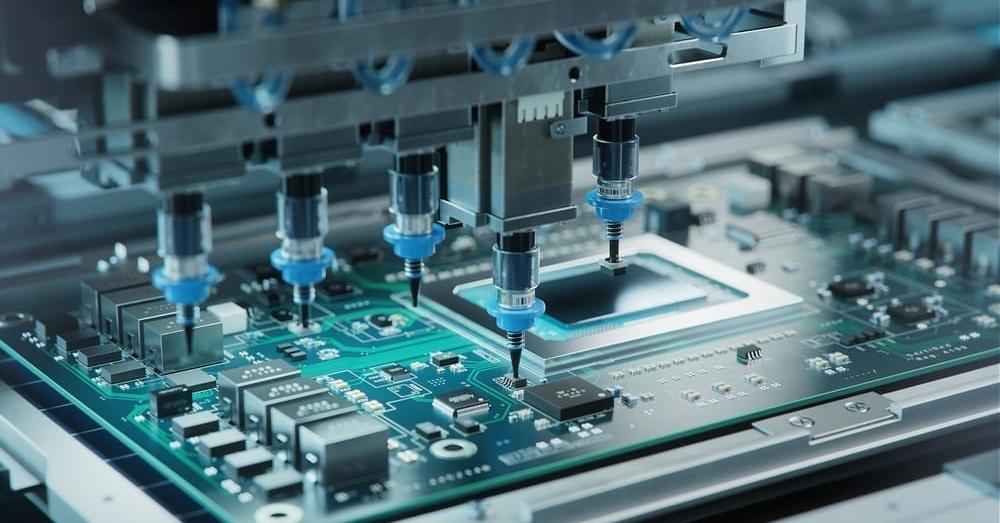Introduction:
In the realm of electronics manufacturing, understanding the nuances between PCB (Printed Circuit Board) and PCBA (Printed Circuit Board Assembly) is crucial for engineers, designers, and enthusiasts alike. While these terms may seem interchangeable, they represent distinct stages in the electronics production process. In this blog post, we’ll delve into the key differences between PCB and PCBA, shedding light on their respective roles and significance in the world of electronic devices.
PCB: The Foundation of Electronic Circuits
A Printed Circuit Board (PCB) serves as the fundamental building block for electronic circuits. It is a flat board made of non-conductive material, typically fiberglass, with a thin layer of conductive material on one or both sides. The conductive material is etched to create pathways or traces that connect various electronic components such as resistors, capacitors, and integrated circuits.
Key Characteristics of PCBs:
- Design and Layout: PCB design involves strategically placing components and creating pathways to facilitate the flow of electrical signals.
- Material: PCBs are commonly made of materials like fiberglass, epoxy, or composite materials, offering stability and durability.
- Function: The primary function of a PCB is to provide mechanical support and electrical connections for electronic components.
PCBA: Adding Life to the Circuit
Printed Circuit Board Assembly (PCBA) takes the PCB to the next level by populating it with electronic components. The process involves soldering the components onto the designated areas of the PCB, creating a fully functional and integrated circuit.
Key Characteristics of PCBA:
- Component Placement: The electronic components, such as resistors, capacitors, and chips, are precisely placed on the PCB according to the design.
- Soldering: The components are soldered onto the PCB, forming reliable electrical connections.
- Testing: PCBA includes thorough testing procedures to ensure that all components function correctly and the circuit meets the required specifications.
Distinguishing Between PCB and PCBA:
- Functionality: PCBs are essentially the infrastructure of electronic circuits, providing a platform for component placement. In contrast, PCBA is the culmination of the assembly process, transforming a bare PCB into a functional electronic device.
- Components: While PCBs consist of traces and a base material, PCBA integrates electronic components to bring the circuit to life.
- Assembly Process: PCBs are fabricated through a design and manufacturing process, while PCBA involves the additional steps of component placement, soldering, and testing.
Conclusion:
In summary, understanding the differences between PCB and PCBA is vital for anyone involved in electronics design and manufacturing. PCBs form the backbone of electronic circuits, providing the foundation for components, while PCBA completes the picture by assembling and testing the fully functional device.
For a more in-depth exploration of the distinctions between PCB and PCBA, visit PCB vs PCBA.
Whether you’re a seasoned engineer or an aspiring enthusiast, grasping the intricacies of these two essential components in the electronics manufacturing process will undoubtedly enhance your appreciation for the devices that power our modern world.
